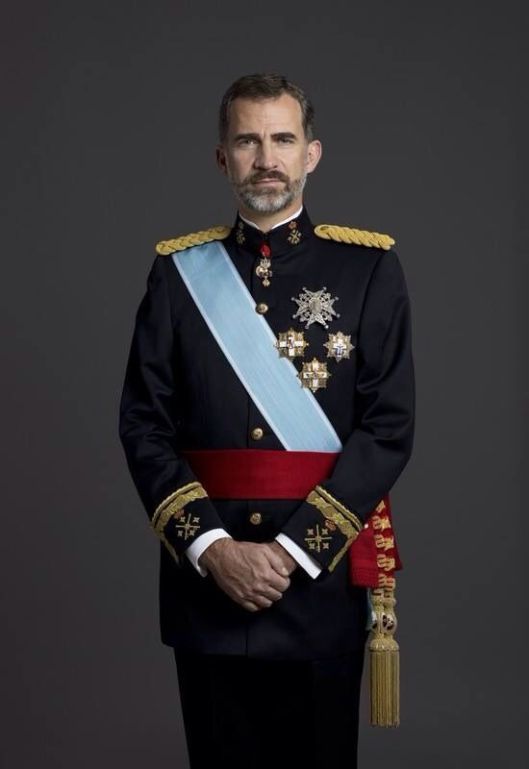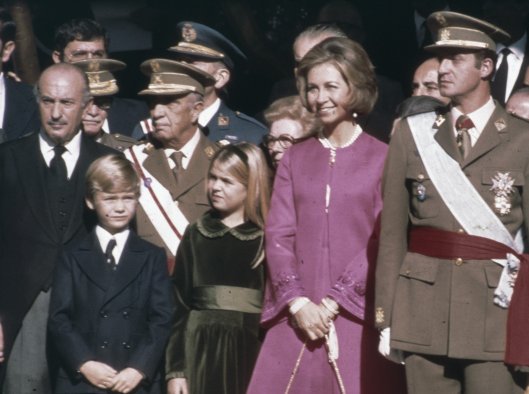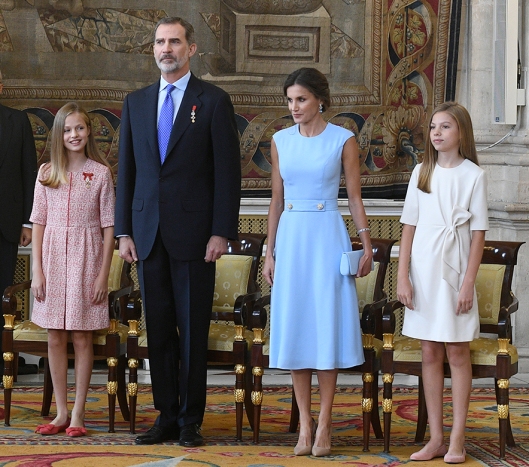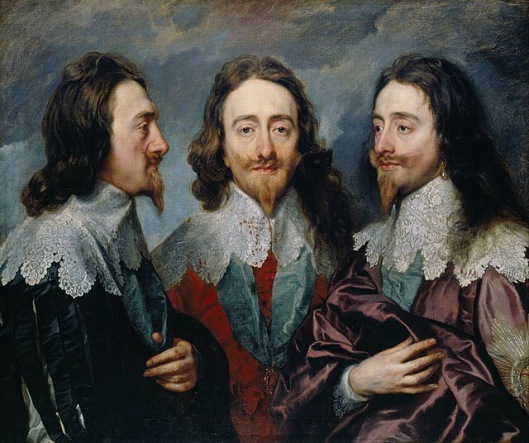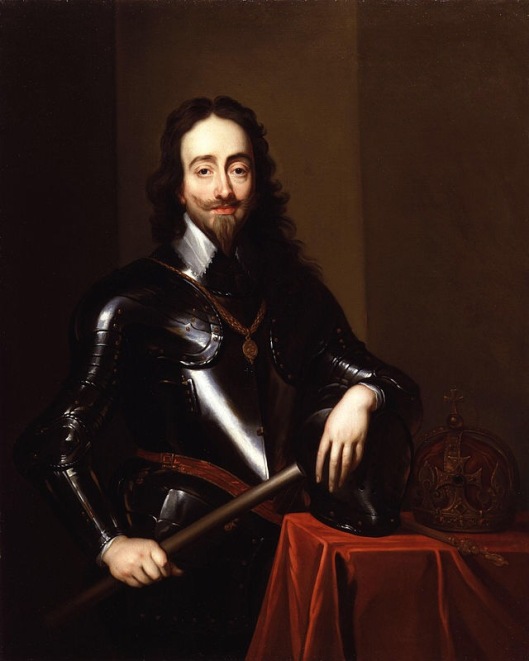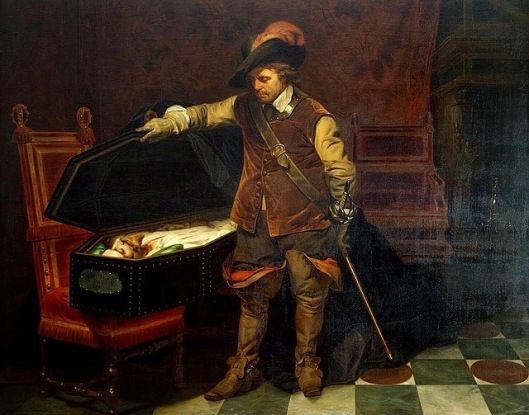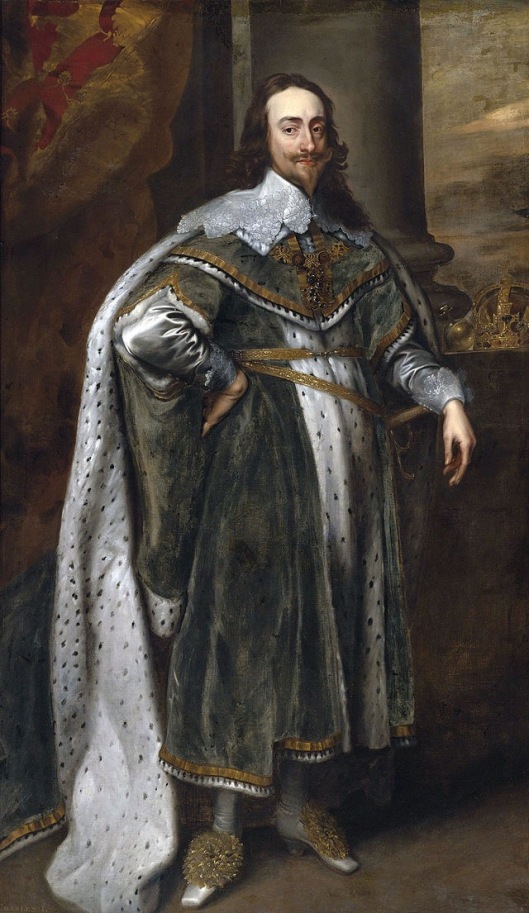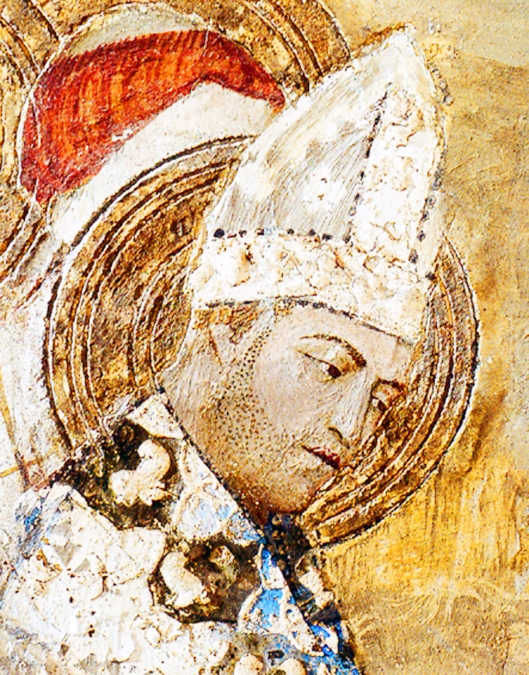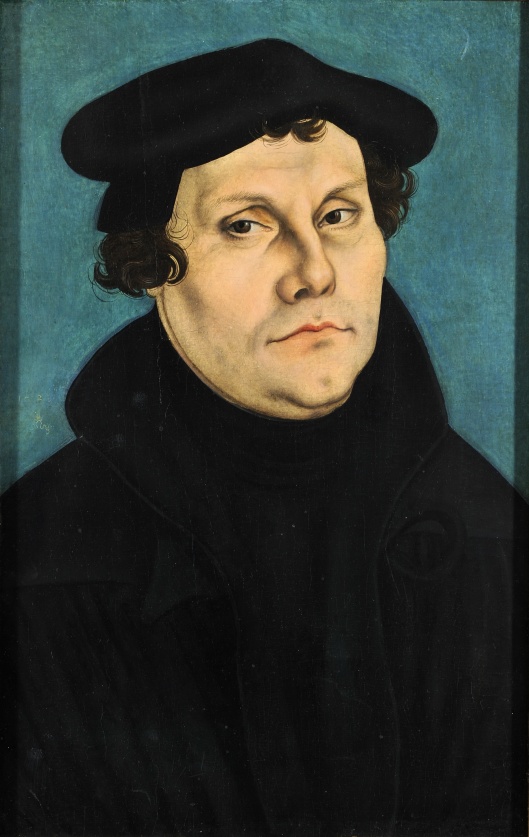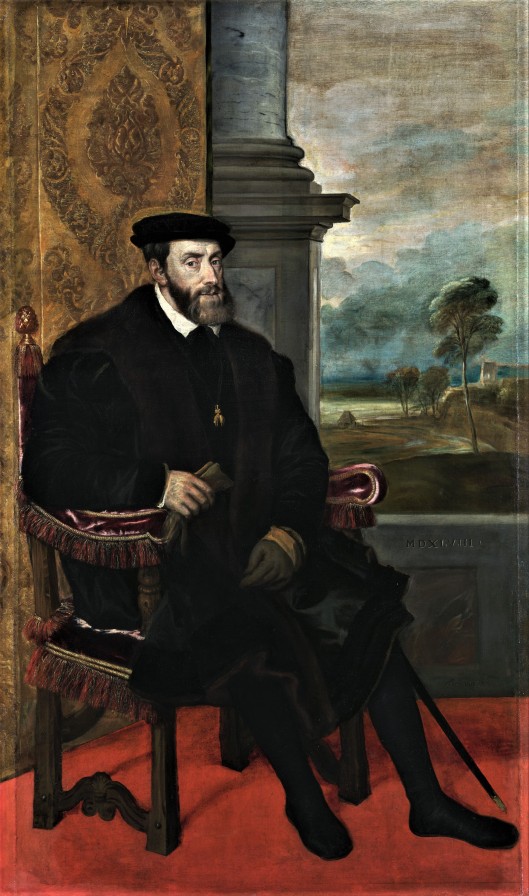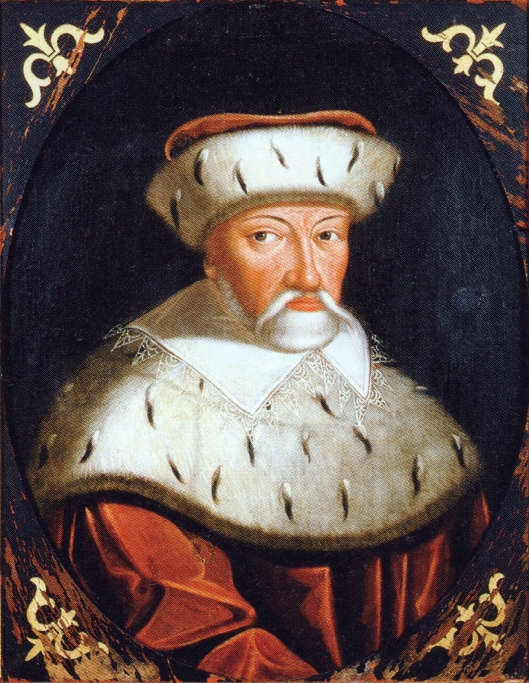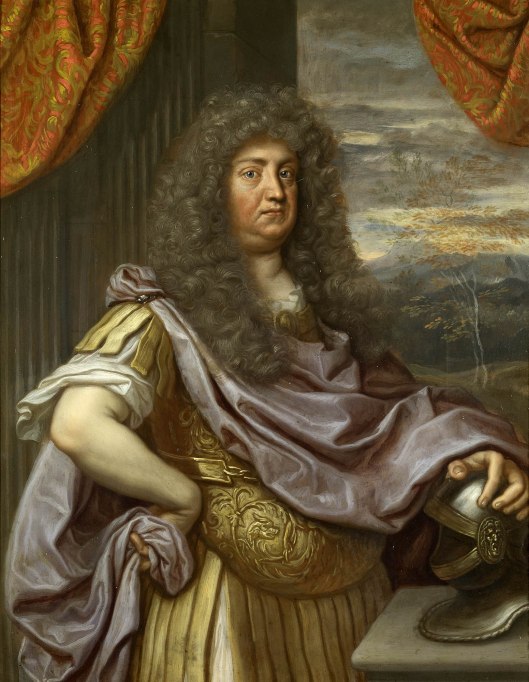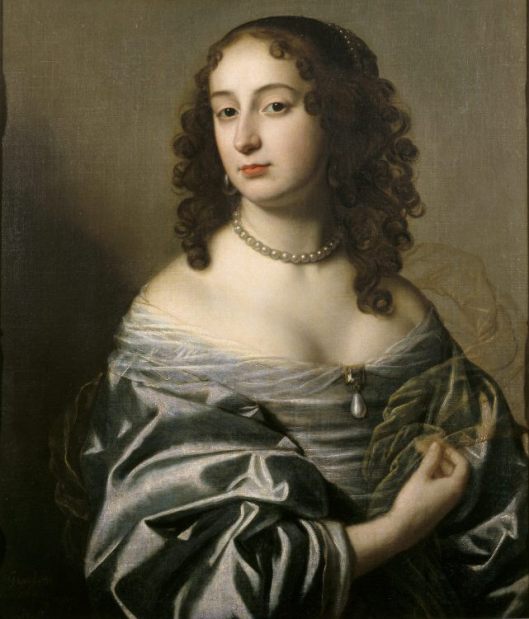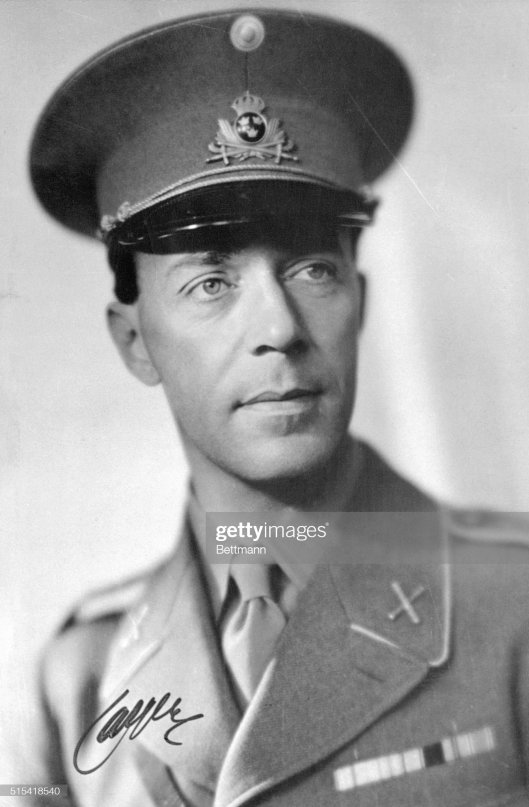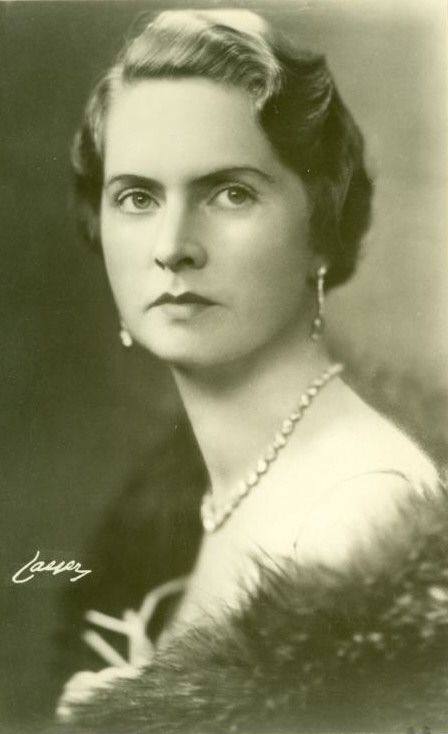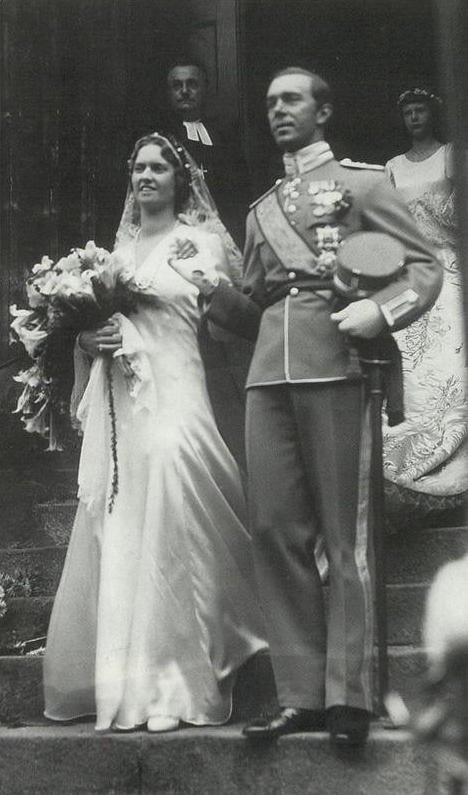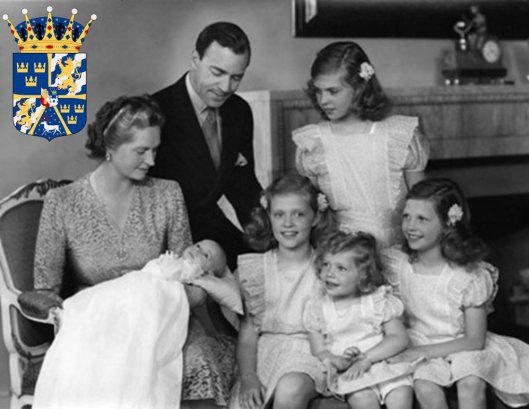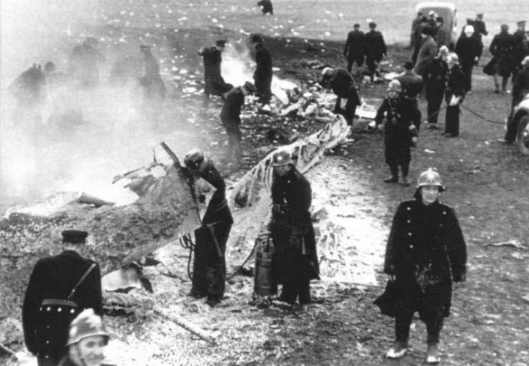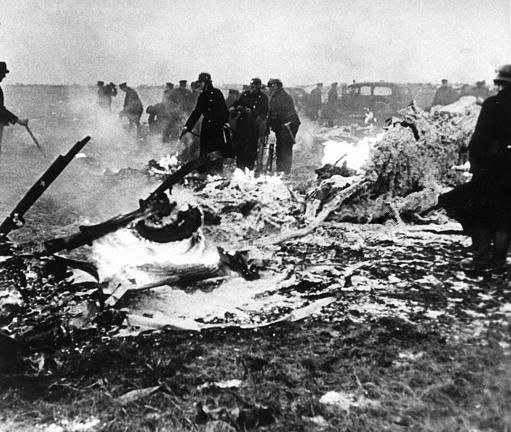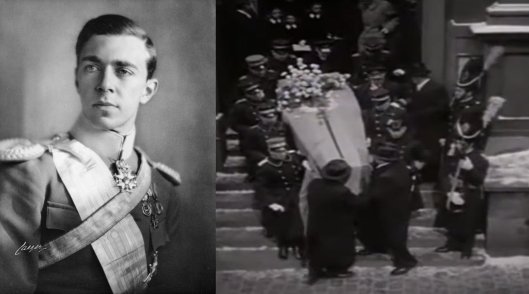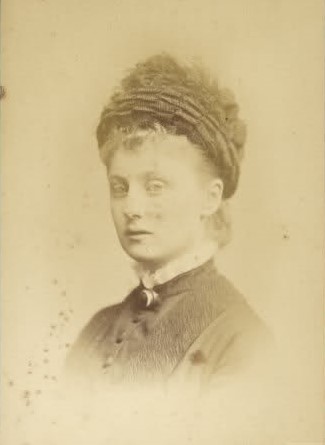Victoria, Princess Royal (Victoria Adelaide Mary Louisa; November 21, 1840 – August 5, 1901) She was the eldest child of Queen Victoria of the United Kingdom and Prince Albert of Saxe-Coburg and Gotha, and was created Princess Royal in 1841. The Princess Royal was German Empress and Queen of Prussia as the wife of German Emperor Friedrich III. She was the mother of Wilhelm II, German Emperor.
Friedrich III (18 October 1831 – 15 June 1888) was German Emperor and King of Prussia for 99 days between March and June 1888, during the Year of the Three Emperors. Known informally as “Fritz”, he was the only son of Emperor Wilhelm I and his wife Princess Augusta of Saxe-Weimar-Eisenach, he was raised in his family’s tradition of military service.
In the German Confederation, Prince Wilhelm of Prussia and his wife Princess Augusta of Saxe-Weimar-Eisenach were among the personalities with whom Queen Victoria and Prince Albert were allies.
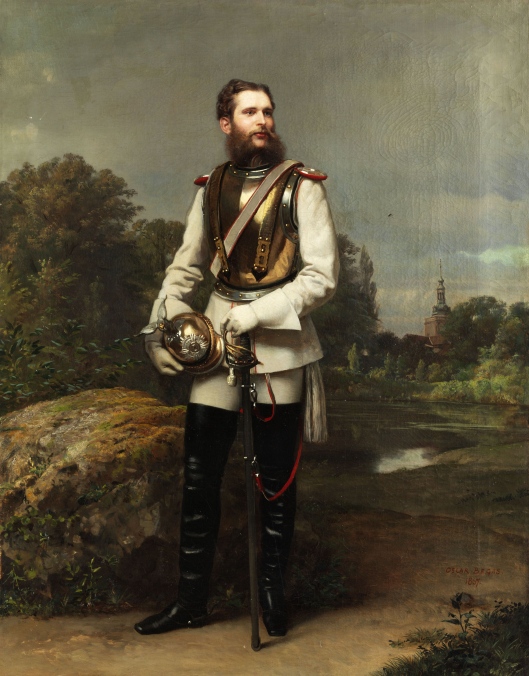
The British sovereign also had regular epistolary contact with her cousin Augusta since 1846. The revolution that broke out in Berlin in 1848 further strengthened the links between the two royal couples by requiring the heir presumptive to the Prussian throne to find shelter for three months in the British court.
In 1851, Wilhelm returned to London with his wife and two children (Friedrich and Louise), on the occasion of The Great Exhibition. For the first time, Victoria met her future husband, and despite the age difference (she was 11 years old and he was 19), they got along very well.
To promote the contact between the two, Queen Victoria and Prince Albert asked their daughter to guide Friedrich through the exhibition, and during the visit the princess was able to converse in perfect German while the prince was able to say only a few words in English.
The meeting was therefore a success, and years later, Prince Friedrich recalled the positive impression that Victoria made on him during this visit, with her mixture of innocence, intellectual curiosity and simplicity.
It was not only his encounter with little Victoria, however, that positively impressed Friedrich during the four weeks of his English stay. The young Prussian prince shared his liberal ideas with the Prince Consort. Friedrich was fascinated by the relationships among the members of the British royal family.
In London, court life was not as rigid and conservative as in Berlin, and Queen Victoria and Prince Albert’s relationship with their children was very different to William and Augusta’s relationship with theirs.
After Friedrich returned to Germany, he began a close correspondence with Victoria. Behind this nascent friendship was the desire of Queen Victoria and her husband to forge closer ties with Prussia. In a letter to her uncle, the King Leopold of the Belgians, the British sovereign conveyed the desire that the meeting between her daughter and the Prussian prince would lead to a closer relationship between the two young people.
Engagement and marriage
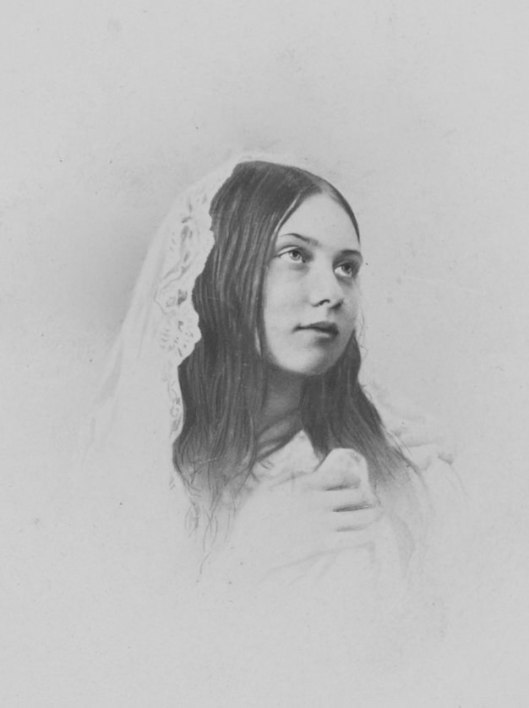
The Princess Royal, c. 1855
Friedrich had received a comprehensive education and in particular was formed by personalities like the writer Ernst Moritz Arndt and historian Friedrich Christoph Dahlmann. According to the tradition of the House of Hohenzollern, he also received rigorous military training.
In 1855, Prince Friedrich made another trip to Great Britain and visited Victoria and her family in Scotland at Balmoral Castle. The purpose of his trip was to see the Princess Royal again, to ensure that she would be a suitable consort for him.
In Berlin, the response to this journey to Britain was far from positive. In fact, many members of the Prussian court wanted to see the heir presumptive’s son marry a Russian Grand Duchess. King Friedrich Wilhelm IV, who had allowed his nephew to marry a British princess, even had to keep his approval a secret because his own wife,, showed strong Anglophobia.
At the time of Friedrich’s second visit, Victoria was 15 years old. A little shorter than her mother, the princess was 4 feet 11 inches. Queen Victoria was concerned that the Prussian prince would not find her daughter sufficiently attractive. Nevertheless, from the first dinner with the prince, it was clear to Queen Victoria and Prince Albert that the mutual sympathy of the two young people that began in 1851 was still vivid.
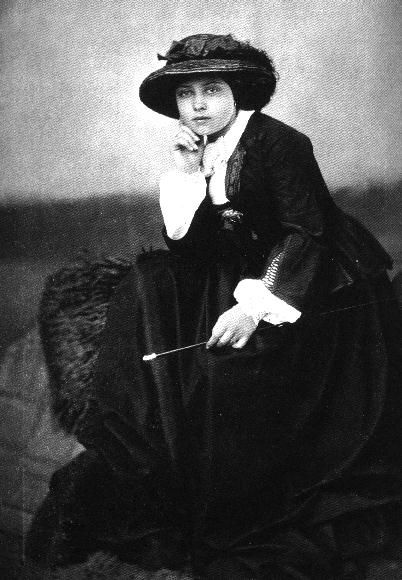
In fact, after only three days with the royal family, Friedrich asked Victoria’s parents permission to marry their daughter. They were thrilled by the news, but gave their approval on condition that the marriage should not take place before Vicky’s seventeenth birthday.
Once this condition was accepted, the engagement of Victoria and Frederick was publicly announced on May 17, 1856. The immediate reaction in Great Britain was disapproval. The English public complained about the Kingdom of Prussia’s neutrality during the Crimean War of 1853–1856.
The Times characterized the Hohenzollern as a “miserable dynasty” that pursued an inconsistent and unreliable foreign policy, with the maintenance of the throne depending solely on Russia. The newspaper also criticised the failure of King Friedrich Wilhelm IV to respect the political guarantees given to the population during the revolution of 1848.
In the German Confederation, the reactions to the announcement of the engagement were mixed: several members of the Hohenzollern family and conservatives opposed it, and liberal circles welcomed the proposed union with the British crown.
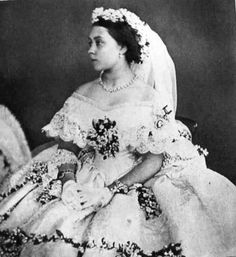
Preparation for the role of Prussian princess
The Prince Consort, who was part of the Vormärz, had long supported the “Coburg plan”, i.e., the idea that a liberal Prussia could serve as an example for other German states and would be able to achieve the Unification of Germany. During the involuntary stay of Prince Wilhelm of Prussia in London in 1848, the Prince Consort tried to convince his Hohenzollern cousin of the need to transform Prussia into a constitutional monarchy following the British model. However, the future German emperor was not persuaded; he instead kept very conservative views.
Eager to make his daughter the instrument of the liberalisation of Germany, Prince Albert took advantage of the two years of Victoria and Friedrich’s engagement to give the Princess Royal the most comprehensive training possible. Thus, he taught himself history and modern European politics and actually wrote to the princess many essays on events that occurred in Prussia.
However, the Prince Consort overestimated the ability of the liberal reform movement in Germany at a time when only a small middle class and some intellectual circles shared his views on the German Confederation. Hence, Prince Albert gave his daughter a particularly difficult role, especially facing a critical and conservative Hohenzollern court.
Domestic issues and marriage
To pay the dowry of the Princess Royal, the British Parliament allotted the sum of 40,000 pounds and also gave her an allowance of 8,000 pounds per year.
Meanwhile, in Berlin, King Friedrich Wilhelm IV provided an annual allowance of 9,000 thalers to his nephew Friedrich. The income of the second-in-line to the Prussian throne proved insufficient to cover a budget consistent with his position and that of his future wife. Throughout much of their marriage, Victoria relied on her own resources.
The Berlin court of the royal couple was chosen by Friedrich’s aunt, Queen Elisabeth, and his mother, Princess Augusta. They summoned people who had been in court service for a long time and were much older than Victoria and Friedrich. Prince Albert therefore asked the Hohenzollerns that his daughter could keep at least two ladies-in-waiting who were her age and of British origin.
His request was not completely denied but, as a compromise, Victoria received two young ladies-in-waiting of German origin: Countesses Walburga von Hohenthal and Marie zu Lynar. However, Prince Albert did succeed in imposing Ernst Alfred Christian von Stockmar, the son of his friend Baron von Stockmar, as his daughter’s private secretary.
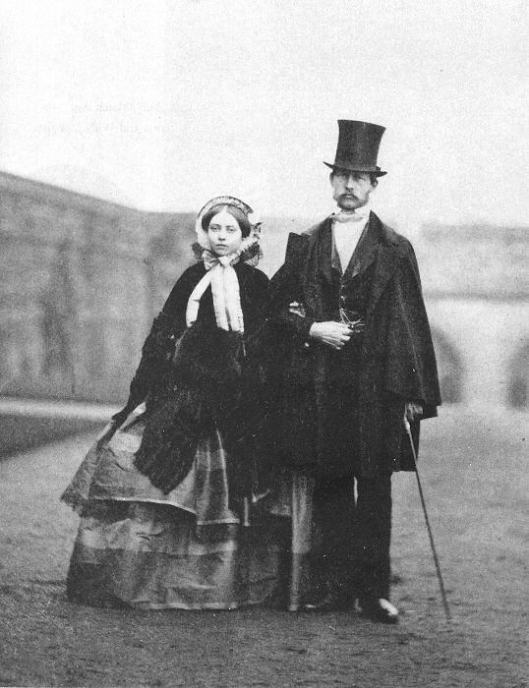
Convinced that the marriage of a British princess to the second-in-line to the Prussian throne would be regarded as an honour by the Hohenzollerns, Prince Albert insisted that his daughter retain her title of Princess Royal after the wedding. However, owing to the very anti-British and pro-Russian views of the Berlin court, the prince’s decision only aggravated the situation.
The question of where to hold the marriage ceremony raised the most criticism. To the Hohenzollerns, it seemed natural that the nuptials of the future Prussian king would be held in Berlin. However, Queen Victoria insisted that her eldest daughter must marry in her own country, and in the end, she prevailed. The wedding of Victoria and Friedrich took place at the Chapel Royal of St. James’s Palace in London on January 25, 1858.
